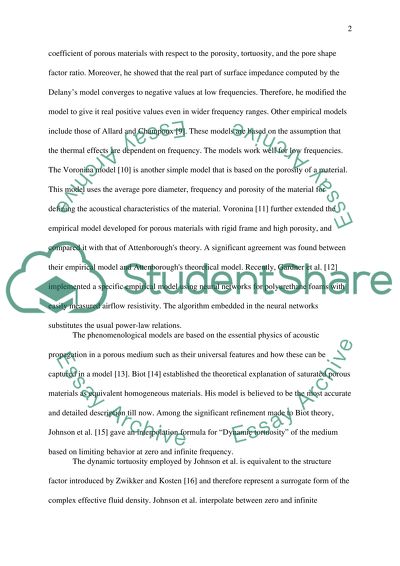Cite this document
(“A New Empirical Model for Predicting the Sound Absorption of Polyfelt Article”, n.d.)
Retrieved from https://studentshare.org/engineering-and-construction/1480379-a-new-empirical-model-for-predicting-the-sound
Retrieved from https://studentshare.org/engineering-and-construction/1480379-a-new-empirical-model-for-predicting-the-sound
(A New Empirical Model for Predicting the Sound Absorption of Polyfelt Article)
https://studentshare.org/engineering-and-construction/1480379-a-new-empirical-model-for-predicting-the-sound.
https://studentshare.org/engineering-and-construction/1480379-a-new-empirical-model-for-predicting-the-sound.
“A New Empirical Model for Predicting the Sound Absorption of Polyfelt Article”, n.d. https://studentshare.org/engineering-and-construction/1480379-a-new-empirical-model-for-predicting-the-sound.


